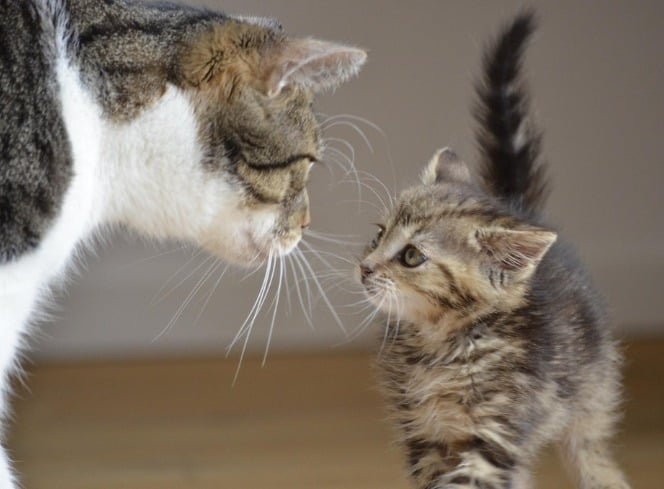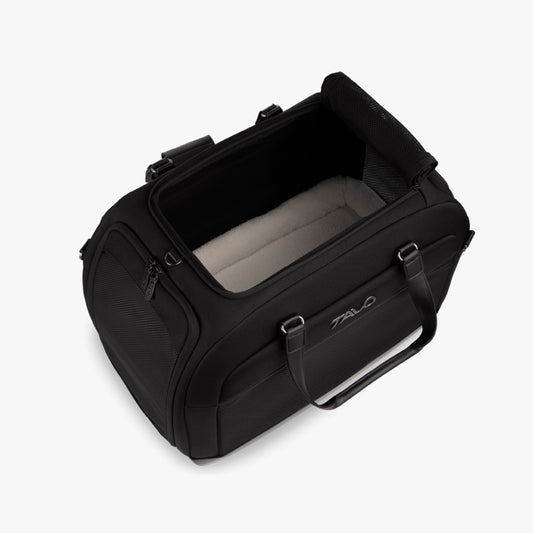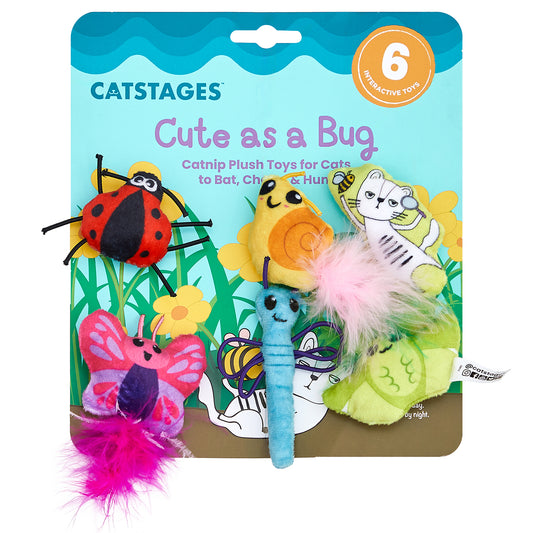Deciding whether your cat should live indoors or be allowed to roam outdoors can be a difficult decision. Cats have a reputation as independent explorers, yet modern pet care emphasises their safety and well-being, often tipping the scales in favour of indoor living. So, should your cat stay indoors? Let’s explore the pros and cons, answer common questions, and provide expert tips for making the best decision for your feline friend.
Indoor Cats: Pros and Cons

Keeping a cat indoors has several benefits, but it’s essential to consider potential downsides too.
Advantages of Indoor Cats:
- Safety: Indoor cats are protected from traffic accidents, predators, toxic plants, and other outdoor hazards.
- Health: Indoor cats are less likely to contract diseases such as feline Leukemia or FIV (feline immunodeficiency virus), which are common in outdoor cats.
- Longevity: Studies show that indoor cats typically live longer than their outdoor counterparts due to reduced exposure to dangers.
- Control over Environment: You can create a safe, enriched environment tailored to your cat’s needs.
Challenges of Indoor Cats:
- Boredom and Frustration: Without proper stimulation, indoor cats may become bored, leading to destructive behaviours.
- Weight Management: Indoor cats are more prone to obesity due to reduced physical activity.
To mitigate these challenges, ensure your indoor cat can access toys, scratching posts, and climbing furniture. An enriched indoor environment can keep them physically and mentally stimulated. We have everything to keep them stimulated here at Lords & Labradors, from deluxe scratching posts and trees to fun interactive toys!
Indoor vs Outdoor Cats

The debate between indoor cats vs outdoor cats often sparks strong opinions. Here’s a comparison to help you weigh the options:
Outdoor Cats:
Pros: Natural exercise, freedom to explore, and stimulation from their environment.
Cons: Exposure to dangers like vehicles, predators, diseases, and harsh weather.
Indoor Cats:
Pros: Controlled environment, better health and safety, and the potential for a longer life.
Cons: Requires effort to provide adequate stimulation and prevent boredom.
Ultimately, the choice depends on your cat’s personality, your living situation, the area you live in and how much effort you’re willing to put into creating a safe and engaging space.
Is It Cruel to Keep Cats Indoors?
Many pet owners wonder, "Is it cruel to keep a cat indoors?" or "Do cats like staying indoors?" The answer largely depends on how well you cater to your cat’s needs. Cats have a natural instinct to hunt and explore, so keeping them indoors without proper enrichment can lead to frustration. However, with the right environment—including scratching posts, toys, perches, and regular playtime—indoor cats can thrive. In fact, many cats prefer the comfort and safety of an indoor life, especially when they have never experienced the outdoors.
If your cat shows signs of stress or boredom, consider adding new activities or spaces, such as window perches or interactive toys.
Can an Outdoor Cat Become an Indoor Cat?

Yes, an outdoor cat can transition to an indoor lifestyle. The process requires patience and gradual changes:
- Start with Shorter Outdoor Sessions: Gradually reduce the time your cat spends outside, bringing them indoors more frequently.
- Create an Enriching Environment: Provide plenty of stimulation indoors, such as scratching posts, climbing trees, and puzzle toys.
- Stick to a Routine: Cats thrive on consistency, so create a daily routine for feeding, playtime, and relaxation.
- Provide Safe Outdoor Access: If your cat struggles with the transition, consider a compromise like a catio or supervised walks with a harness.
Transitioning an outdoor cat to an indoor lifestyle can improve their safety and health, but it’s crucial to ensure they feel comfortable and stimulated indoors. It may be worth speaking to your vet or a behaviourist if you have questions on the best way to transition your cat from being outdoors to indoors.
Can an Indoor Cat Become an Outdoor Cat?
Conversely, you might wonder, "Can an indoor cat become an outdoor cat?" While it’s possible, it comes with risks. Before making the switch, consider:
- Vaccinations: Outdoor cats need vaccinations to protect them from diseases like rabies and feline distemper. Check with your vet to ensure your cat’s vaccinations are up to date.
- Gradual Introduction: Start with supervised outdoor time to allow your cat to acclimate safely.
- Safety Precautions: Use a harness and leash for control or limit outdoor access to a secure garden.
- Environmental Risks: Evaluate the risks in your area, such as busy roads or predatory animals.
If you’re concerned about your cat’s safety but want to provide outdoor experiences, a catio or enclosed garden is an excellent compromise.
Do Indoor Cats Need Vaccines?
Even indoor cats need vaccinations. While they are less exposed to diseases than outdoor cats, there’s still a risk of infections from:
- Contaminated surfaces or objects brought inside.
- Other pets in the household.
- Escape attempts that expose them to outdoor environments.
Consult your vet about core vaccines and boosters to keep your cat healthy, regardless of whether they’re an indoor or outdoor cat.
Creating the Ideal Indoor Environment

If you decide to keep your cat indoors, creating a stimulating environment is key to their happiness. Here are some essentials:
- Scratching Posts: Cats need to scratch to maintain healthy claws and mark their territory. Place scratching posts in areas your cat frequents. Shop our favourite cat scratching posts here.
- Toys: Interactive toys, puzzle feeders, and wands provide mental and physical stimulation. We especially love the Catit Senses circuits for keeping our cats busy.
- Perches and Climbing Trees: Cats love high vantage points. Invest in a cat tree or wall climbers for them to climb. Our Malmo range of wall climbers is perfect for fixing on to your wall to create a circuit for your cat to climb.
- Litter Boxes: Provide clean, accessible litter boxes. For multiple cats, ensure there’s one per cat, plus an extra.
- Interactive Playtime: Spend time playing with your cat daily to strengthen your bond and keep them active.
Conclusion: Indoor or Outdoor Cat?
The decision to keep your cat indoors or allow them outdoors depends on your lifestyle, location, and your cat’s personality. Indoor cats can lead long, happy lives when their environment is enriched with the right essentials. On the other hand, outdoor access provides natural stimulation but comes with significant risks.
If you’re looking to provide the best care for your indoor cat, check out Lords & Labradors’ cat essentials collection. From scratching posts and toys to litter boxes, we have everything you need to create a safe, engaging space for your feline friend. Explore our range today and ensure your cat lives their best life indoors!


































































































